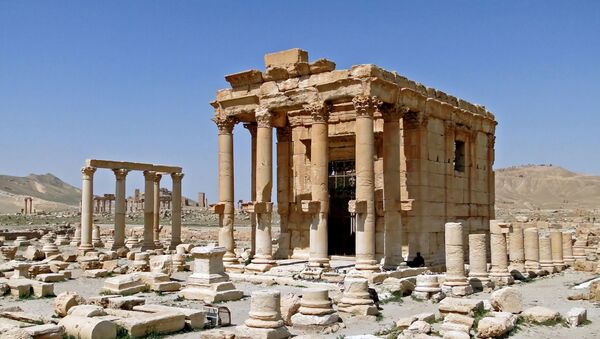“Heritage is potentially damaged, destroyed or under threat from a variety of different means. Obviously there is that collateral damage in terms of conflict; there are those archaic images that resonate in terms of cultural vandalism but there are also far more mundane things like neglect and natural disasters,” Dr. Andrew Wilson, Senior Lecturer and co-director Bradford Visualization and leader of the project, told Radio Sputnik.
Wilson said that it is really about calling out to the public and asking them what they think should be preserved.
“At this stage it is a call to the public to get interested in our digital project,” Wilson said.
Wilson said that within archaeology there is a lot of interest in physically touching, moving and manipulating an understanding from everything like artefacts to all the way up to monuments and landscapes.
“This technology is allowing taking heritage to people in a way that we have not managed to do in the past.”
He further spoke about how with this project it will be possible to create a “historic environment record” and in developing counties it will eventually be able to provide contextual information to sites and monuments, allowing them to be put back into the setting in which they were originally found.
Under their ambitious project, thousands of photographs will be used to reconstruct the sites in 3D. Using computer software, researchers and other visitors will be able to take a virtual tour around the reconstructed buildings.
Notably, the project’s findings could be used to restore devastated sites like the ancient Aramaic city of Palmyra in Syria and the medieval walled city of Dubrovnik in Croatia.





